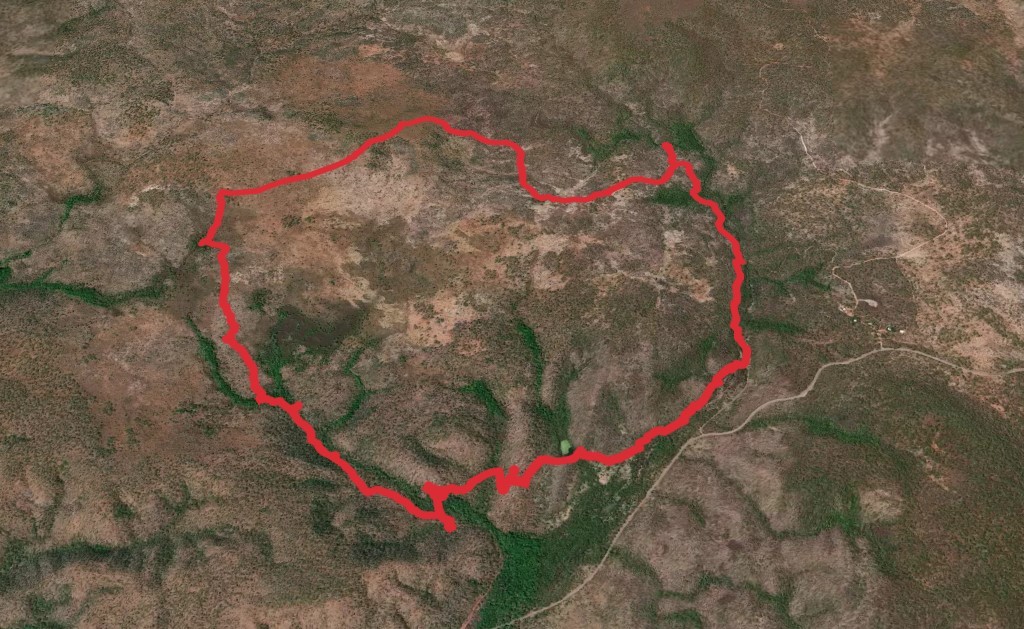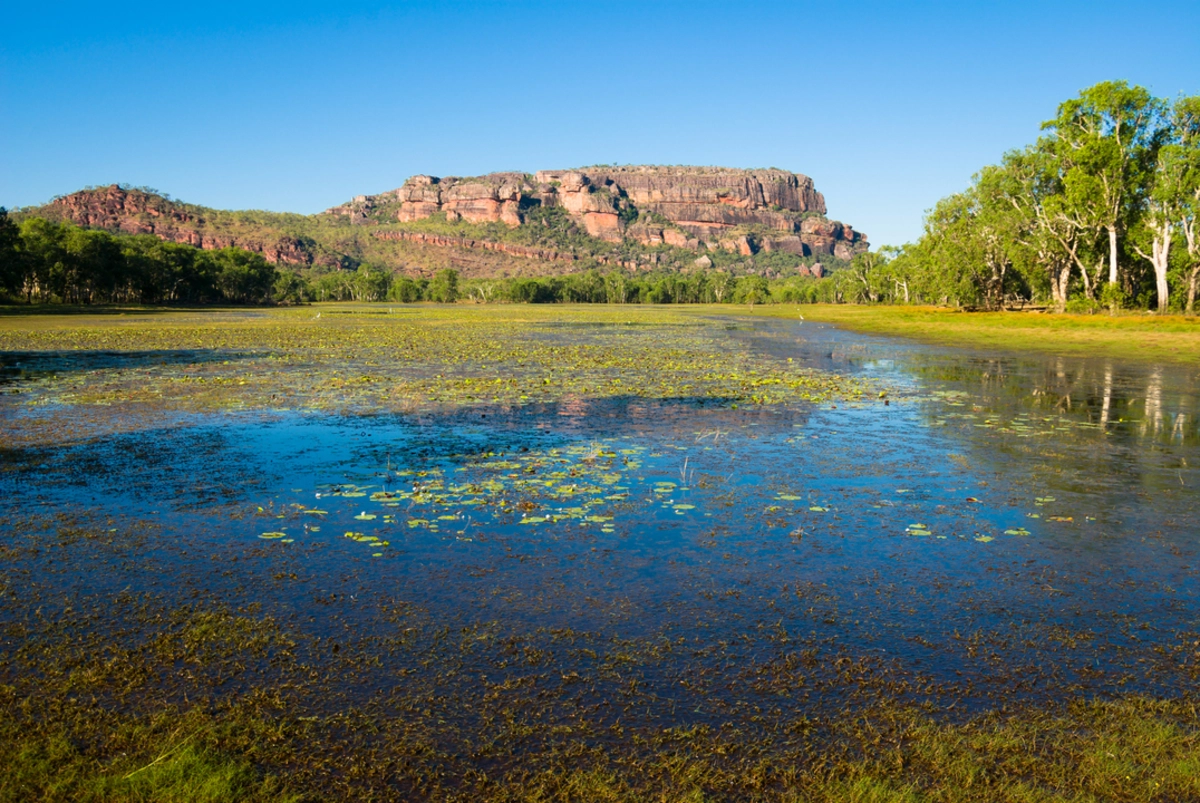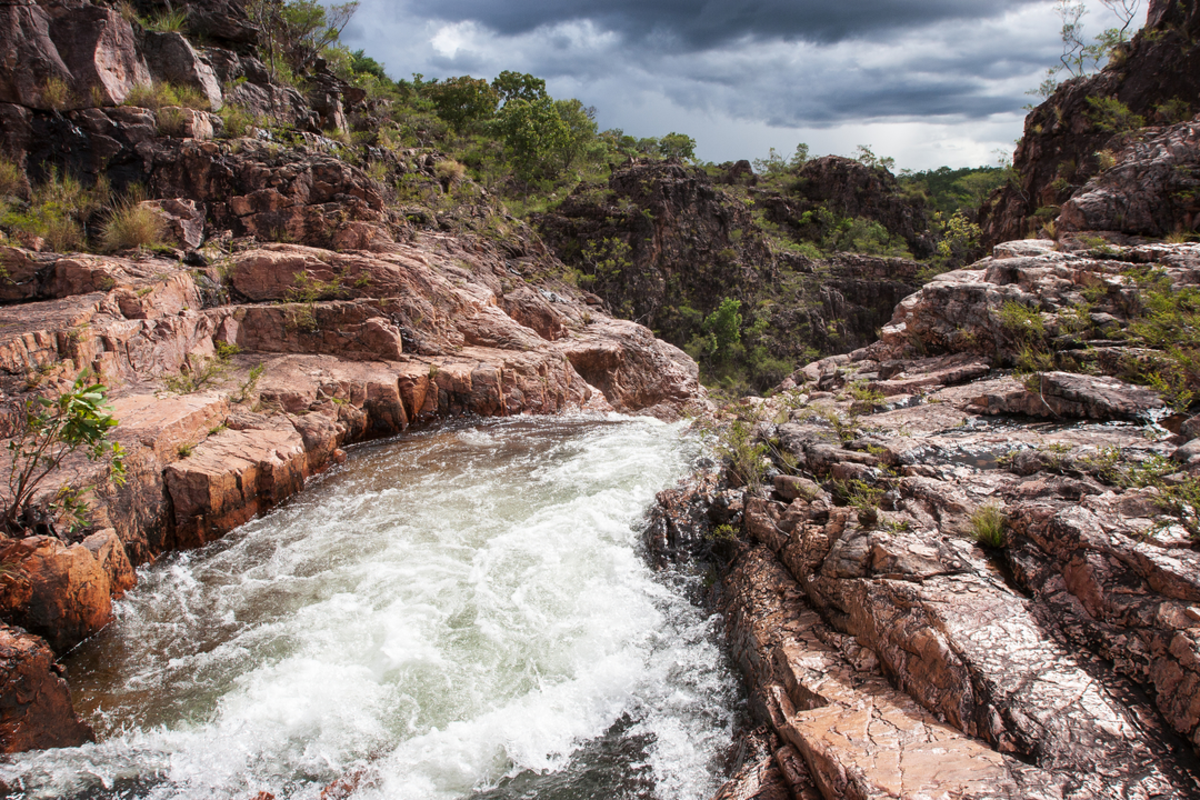Best nature hiking trails in Australia
Get back to nature with these scenic trips, designed for those who want to immerse themselves in the sights and sounds of the great outdoors without too much hassle.
Here are some great trails to explore in Australia.
Most popular trails
Reviews for nature hiking trails in Australia
No reviews available for Kuniya Walk and Mutitjulu Waterhole.

welcom for trekking witah Remo Rinjani and wa 087756821565 · reviewed almost 3 years ago
No reviews available for Bamboo Creek - Tin Mine - Walker Creek Loop.
No reviews available for Barrk Sandstone Walk.
No reviews available for Liru Walk.
Frequently asked questions for hiking trails in Australia


https://www.dcceew.gov.au/parks-heritage/national-parks/parks-australia/permits-licences-and-leases

https://australianhiker.com.au/advice/wild-camping-for-hikers/

https://www.amsa.gov.au/safety-navigation/search-and-rescue


More trails in Australia
by difficulty
by type









